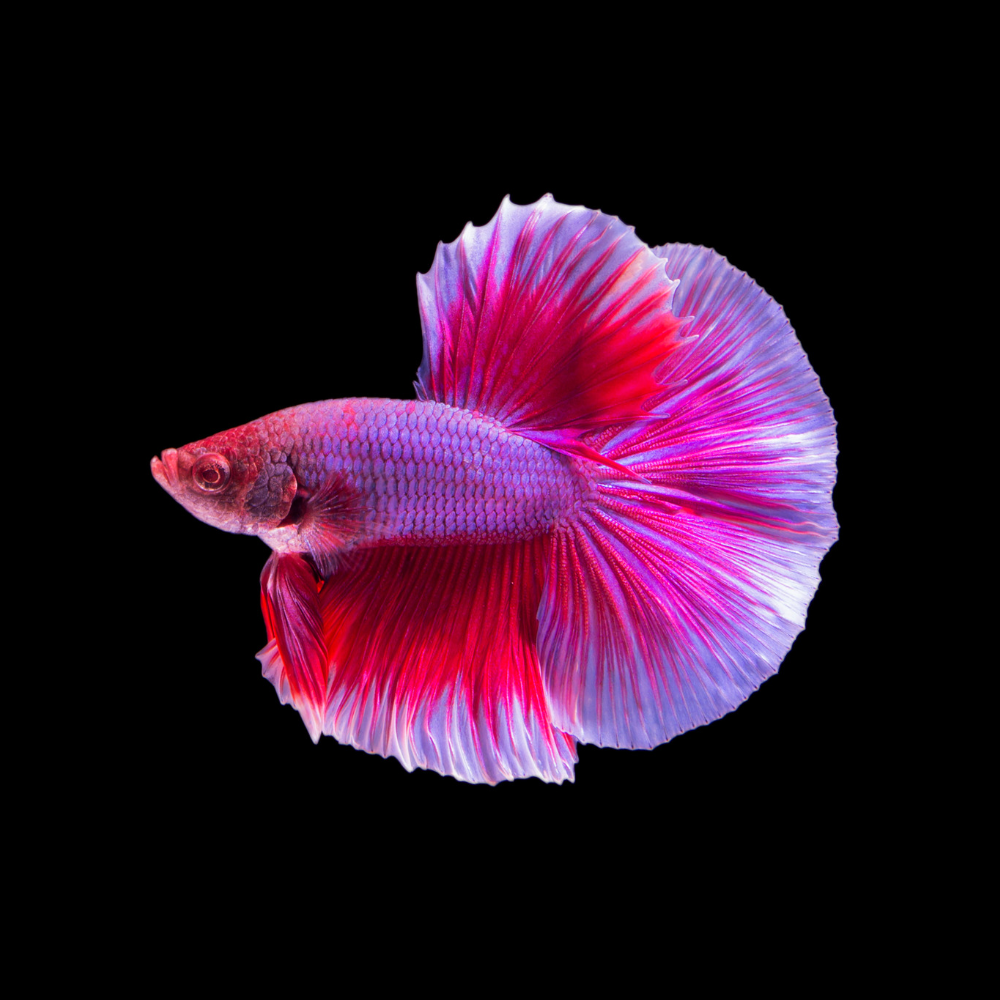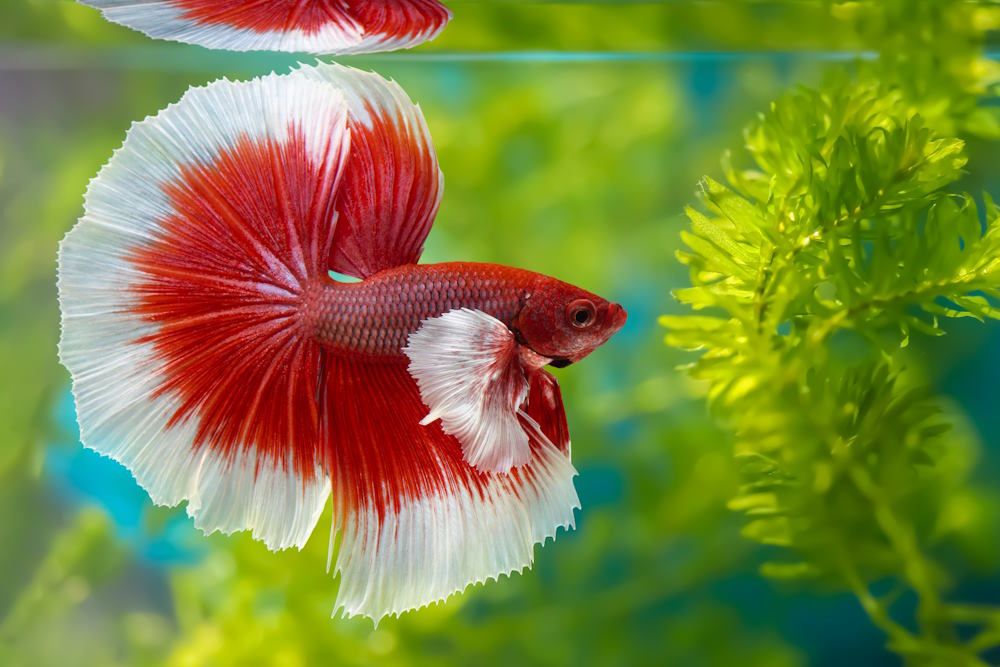Reproducing Betta Fish: a Comprehensive Step-By-Step Guide to Effectively Raising Child Bettas From Eggs to Their Adult Years
Breeding Betta fish is a precise endeavor that needs cautious planning and execution to make sure the effective advancement of fry from eggs to mature fish. Choosing genetically diverse breeding pairs with preferable features is only the beginning; developing an optimal environment and comprehending the complexities of the breeding process are similarly critical. As the male Betta carefully constructs a bubble nest and guards the precious eggs, the succeeding stages of treatment and change demand interest to detail and understanding of finest methods. Exactly how does one browse the challenging yet fulfilling course of supporting these vivid animals to the adult years?

Selecting Reproduction Pairs
When starting the journey of breeding Betta fish, selecting the ideal breeding sets is crucial to attaining desirable traits and a healthy and balanced family tree - betta fish. The very first step in this process is to determine the certain characteristics you wish to boost or maintain, such as color, fin type, and physique. It is necessary to pick genetically diverse sets to prevent inbreeding, which can lead to wellness problems and unwanted characteristics
Examine potential reproducing prospects carefully. A healthy male Betta should display lively colors, an energetic attitude, and well-formed fins, while the female ought to additionally show lively pigmentation and a rounded stomach, indicating preparedness for spawning. Observing the temperament of both fish is crucial, as aggressive or extremely timid people may not reproduce successfully.
Documents of family tree is equally crucial. Keeping records of the parent fish's origins can aid you track hereditary characteristics and potential issues. In addition, consult respectable breeders or on-line resources for advice on choosing suitable pairs. Ultimately, investing time in the selection process will dramatically boost the probability of generating solid, vivid spawn that fulfill your reproduction goals (betta fish).

Preparing the Reproduction Container
Creating an optimum reproduction atmosphere is a key step after choosing appropriate pairs for Betta fish. The breeding container must be specifically designed to provide convenience and boost the all-natural breeding behaviors of the fish. Start with a tank size of at least 10 gallons to guarantee appropriate space for both the male and women Bettas.
Maintain a mild purification system to keep the water clean while avoiding strong currents that can emphasize the fish. Furthermore, an air stone can be contributed to provide oxygenation without interfering with the water surface area way too much.
Temperature policy is critical; go for a steady series of 78-82 ° F(25-28 ° C) using a reputable heater. The pH level must be kept in between 6.5 and 7.5, and regular water changes are necessary to ensure high water quality.
Integrate drifting plants or spawning mops to develop concealing areas for the lady, while additionally motivating bubble nest building by the man - betta fish. Make certain the storage tank is complimentary from sharp designs and any kind of prospective threats, as the welfare of the fish need to always be focused on during this crucial phase of reproduction.
The Breeding Process
Usually, the breeding process for Betta fish entails a series of distinct and visible habits that indicate readiness for reproduction. The male Betta begins look at this site by developing a bubble nest at the water's surface area, which offers as a site for the fed eggs. This nest is important, as it provides a secure atmosphere for the eggs up until they hatch.
As soon as the nest is established, the male will certainly present courtship habits, such as flaring his fins and showing vivid colors to bring in the lady. The woman, upon sensing the male's readiness, will certainly react by displaying upright stripes along her body, signifying her receptiveness.
When the women methods, the male takes part in a mating dance, commonly leading to a welcome referred to as the "spawning." During this accept, the woman launches her eggs, which the male fertilizes quickly. The fertilized eggs after that drop to the bubble nest, where the male carefully accumulates and returns them to the nest. Following this, the male presumes responsibility for guarding the nest and guaranteeing the safety of the eggs up until they hatch, typically within 24-36 hours. This phase is critical in the reproducing procedure, laying the foundation for effective fry growth.
Taking Care Of Betta Fry
Caring for Betta fry calls for mindful focus to their environment and nourishment to make sure healthy development and growth. After hatching, Betta fry are extremely tiny and vulnerable, requiring a secure and clean environment. Preserving a water temperature between 78 ° F and 80 ° F is important, as Betta fry grow in warm problems. Furthermore, make sure that the water is totally free of harmful toxins; normal water adjustments of 10-20% are suggested to keep optimum water top quality.
Feeding Betta fry is just as crucial. Originally, they ought to be used infusoria or carefully smashed high-grade fry food, as their mouths are too tiny to deal with bigger particles. As they grow, you can gradually introduce larger foods, such as child brine shrimp or powdered flakes, to guarantee they receive adequate nutrition. Feed them small quantities several times a day, being mindful not to overfeed, which can result in water top quality concerns.
Transitioning to Adult Bettas
As Betta fry mature, transitioning them to adult Bettas is a critical stage that needs careful management of their setting and social interactions. This procedure generally begins when the fry reach around 6 weeks old, whereupon they can be gradually presented to a more directory organized living setting.
To facilitate this change, it is necessary to make sure that the water parameters-- such as temperature level, pH, and ammonia levels-- are review ideal and secure. Adult Betta fish thrive in cozy water (around 78-80 ° F) with a pH of 6.5 to 7.5. Progressively accustom the fry to these problems to decrease stress.
Social interactions are one more crucial element; male Bettas are notoriously territorial and aggressive. For that reason, it is suggested to separate males into specific storage tanks as they mature. Female Bettas can be housed with each other, but treatment must be taken to check for signs of hostility.
In addition, dietary changes ought to be made as the fry expand. Include top quality pellets and live foods to sustain their development and wellness. By taking care of these variables effectively, you can promote a successful transition to the adult years for your Betta fish.

Conclusion
Successful reproduction of Betta fish calls for careful focus to information throughout the entire procedure, from picking genetically diverse pairs to giving optimal care for fry. Furthermore, a balanced diet regimen and gradual adjustment to grown-up atmospheres are critical for the growth and development of Betta fish.